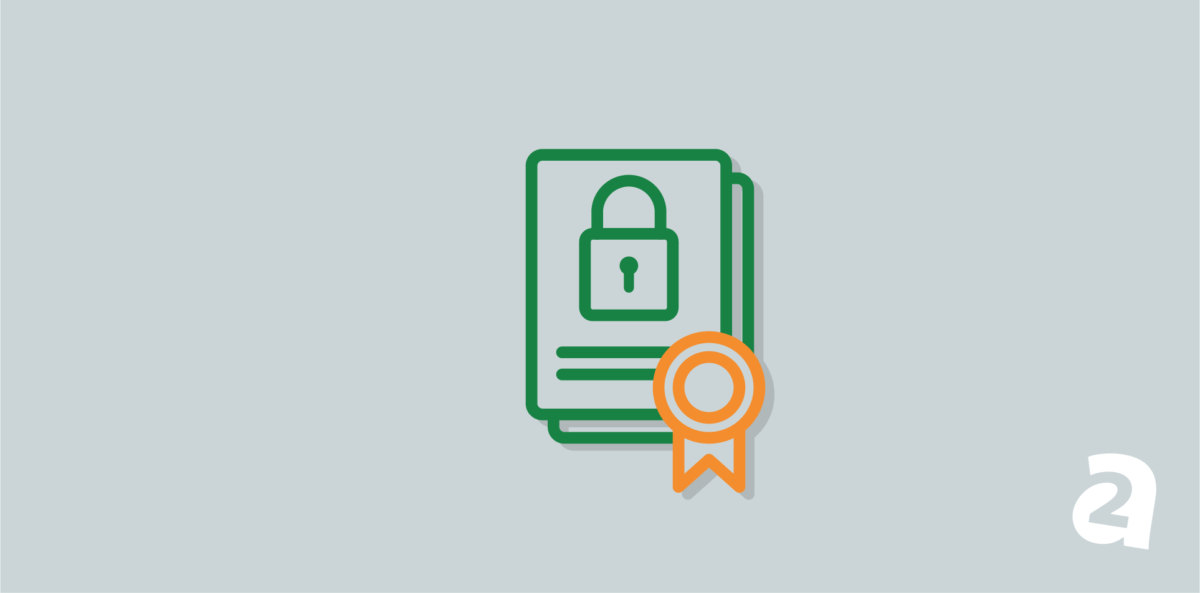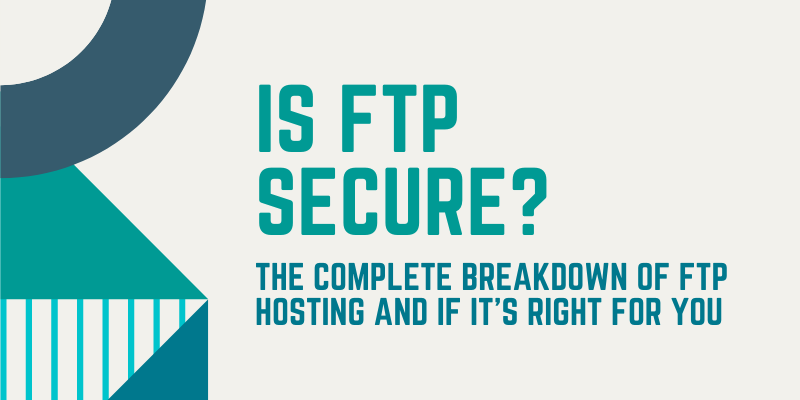- Feb 20, 2012
 0
0- by A2 Marketing Team
First Link Priority says Google will ignore all links after the first when a web page links more than once to the same page. Google will only pass link juice to the first link it comes across on a page and ignore the rest that link to the same page.
First Link Priority deals more specifically with internal linking. You may not think that First Link Priority is a huge deal, but you may want to reconsider if you have a number of images that link to internal pages and text links with important anchor text somewhere below those images. Why?
An image will not pass as much link juice as a text link will. Text links tell Google exactly what the link is pointing to. Even using the keyword as the Alt Text for an image won’t provide the same impact. Google will see the link in the image if it is listed first and gives it the link juice. Google will see the second text link, realize it is pointing to the same page as the image above and ignore the link.
I want to point out that there are a lot of theories and guesses regarding the inner-workings of Google’s algorithm. Just because you read an SEO tip/theory in this newsletter or on any other site doesn’t mean you should panic and re-design your entire site. However, you should be aware of these SEO tips and do what makes sense for your site. In regards to SEO techniques, Google constantly urges webmasters to ask “Would I do this if search engines didn’t exist?”
It never hurts to test a page or two to see if your keyword rankings change. First Link Priority is a perfect theory you can test!











